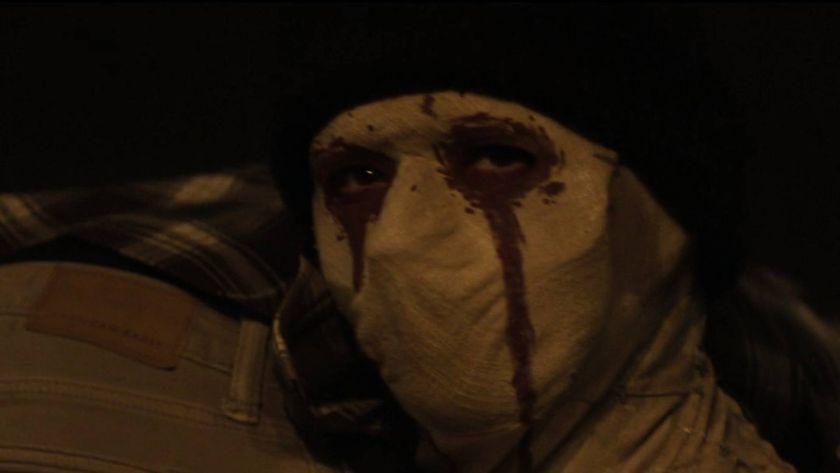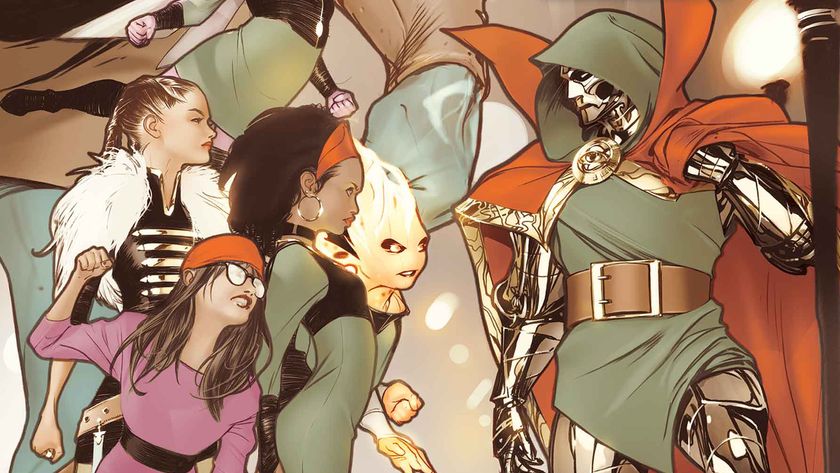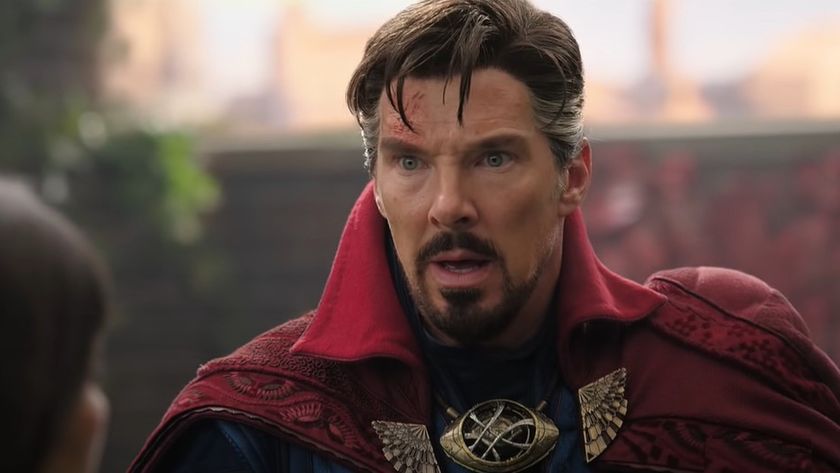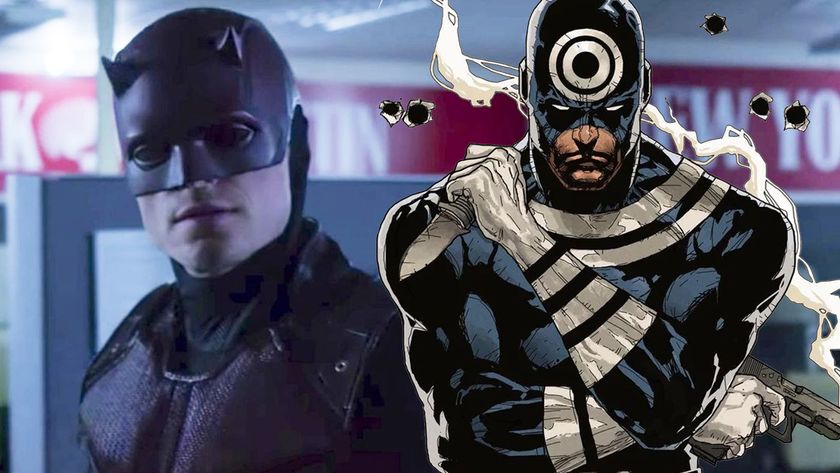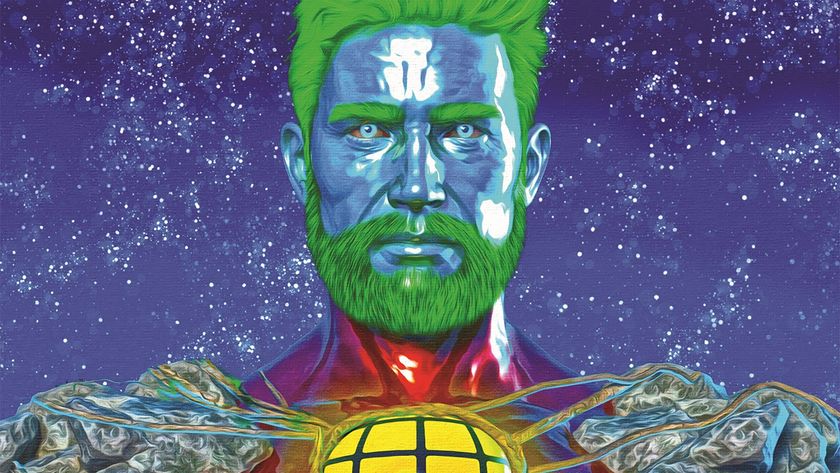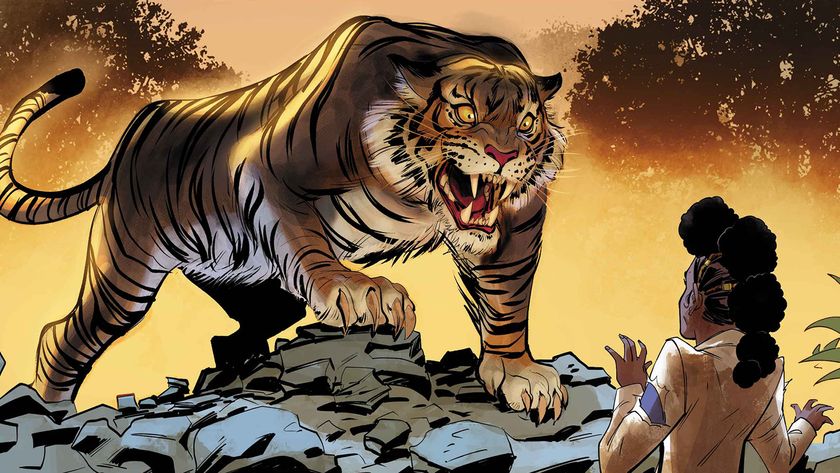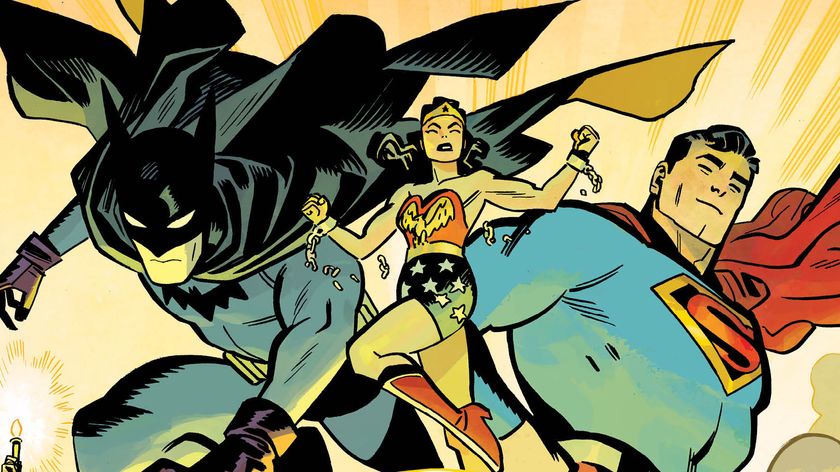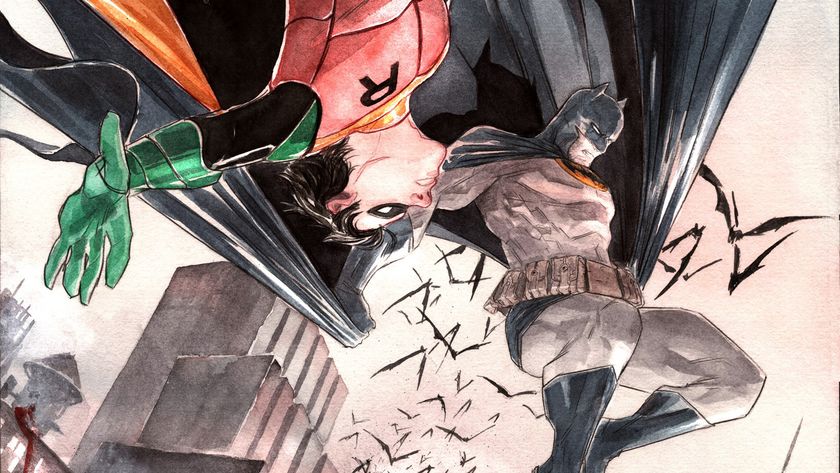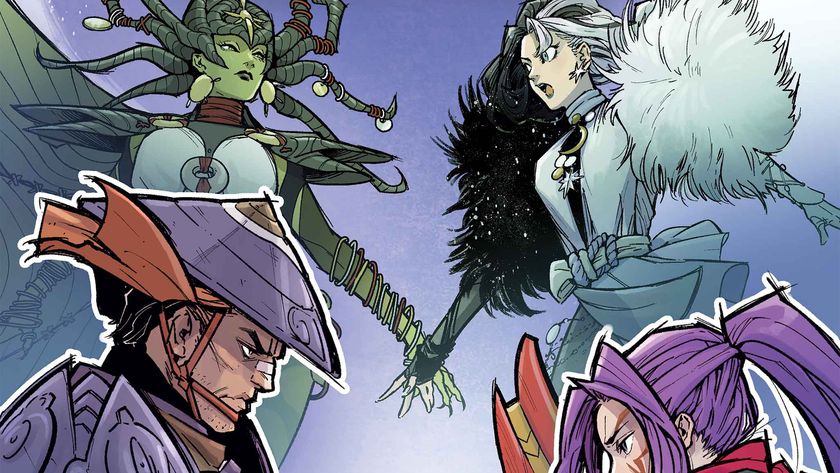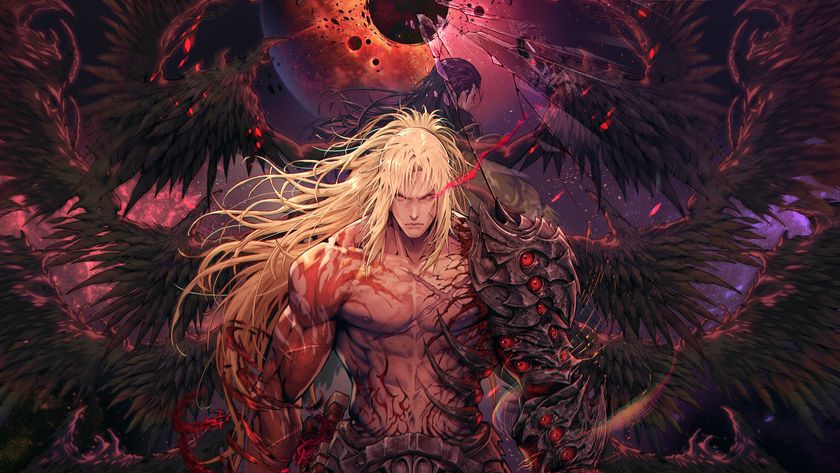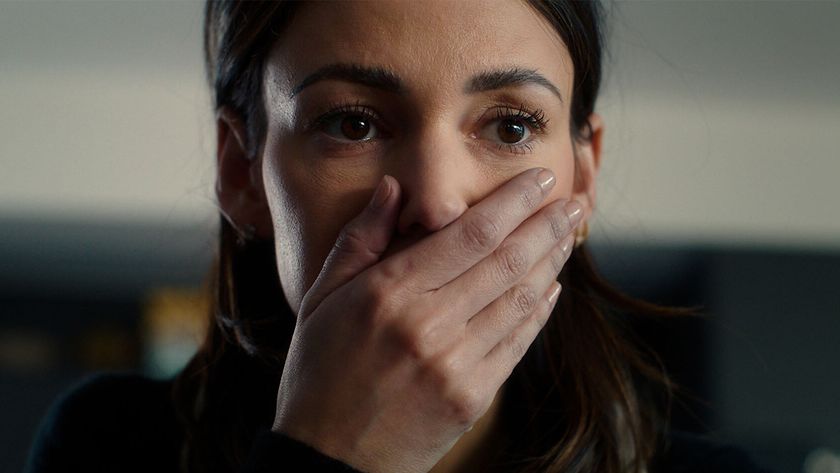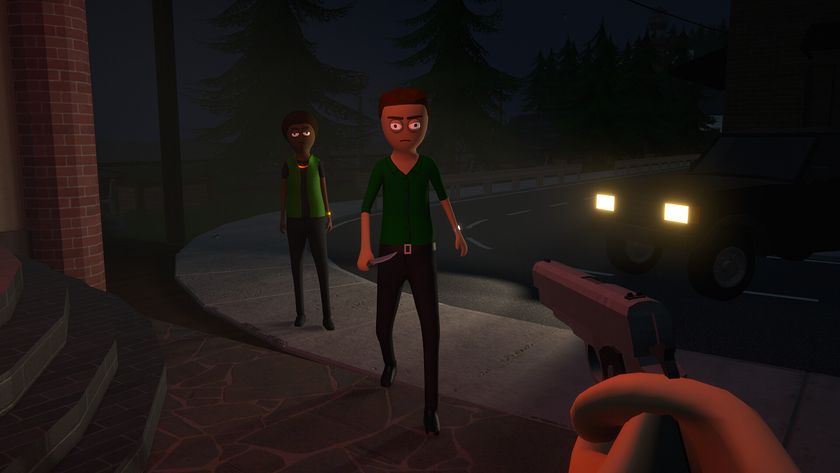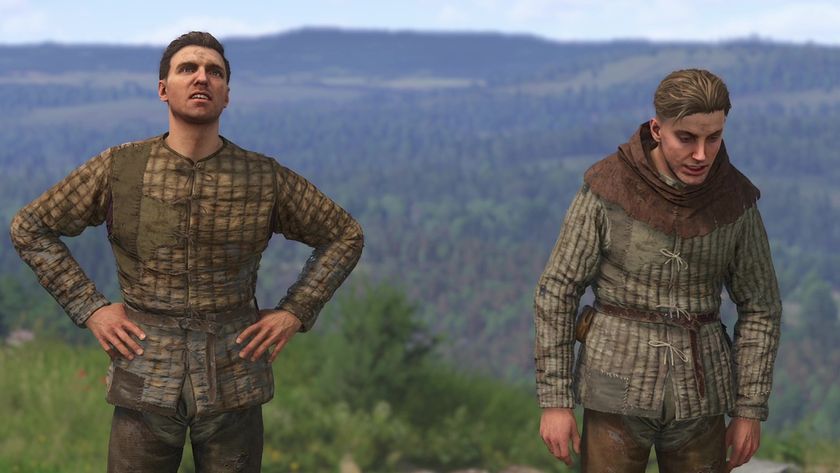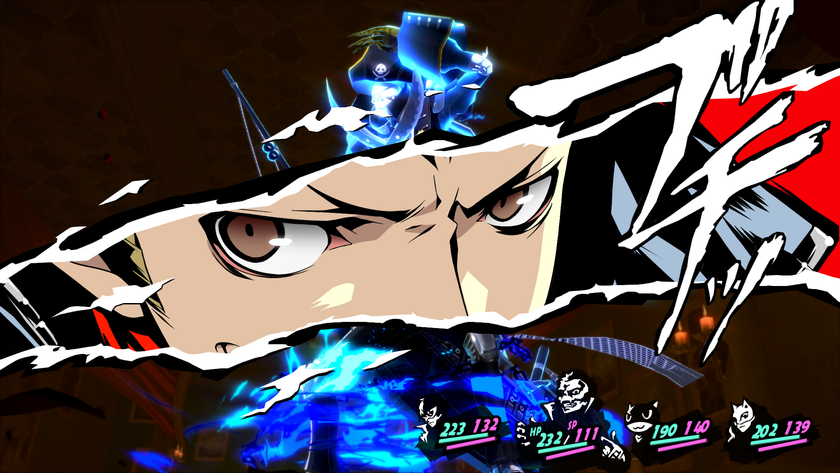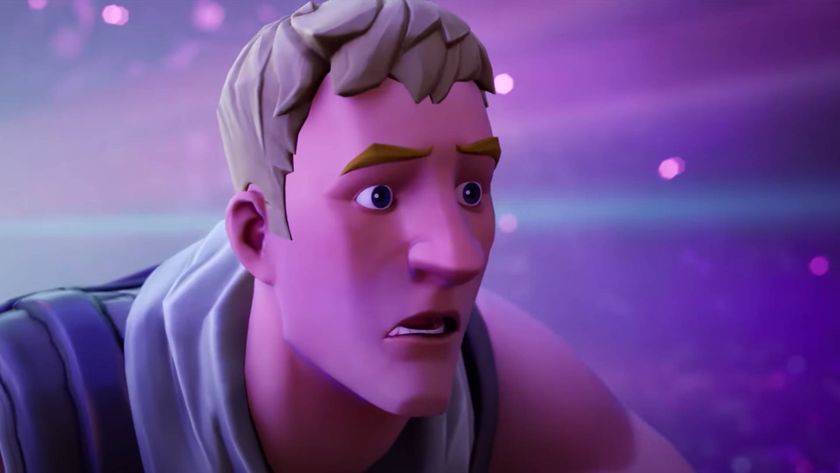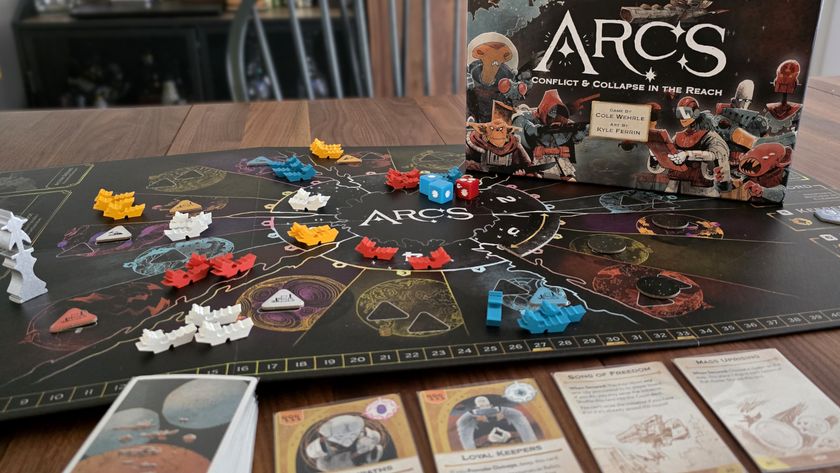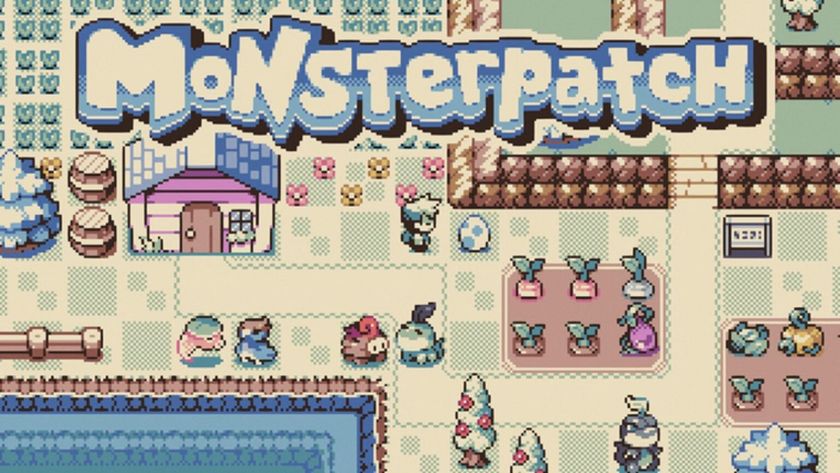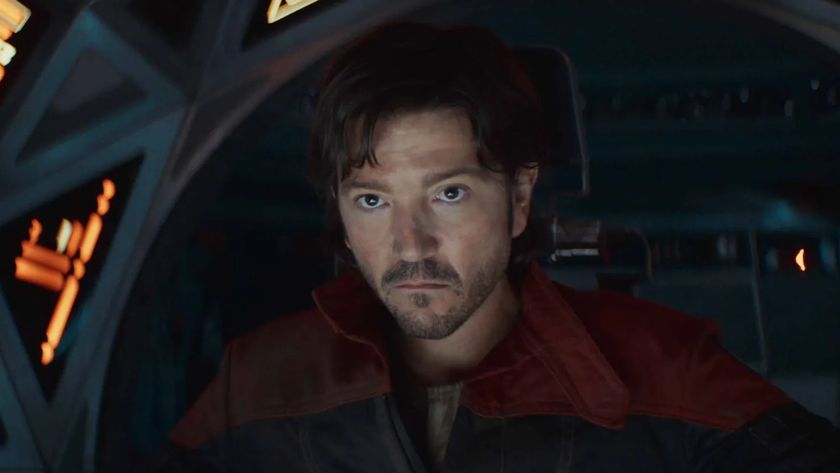The Death of Doctor Strange - MCU movie villain Kaecilius revealed as the killer
Marvel Comics dipped into the MCU to reveal Doctor Strange's murderer
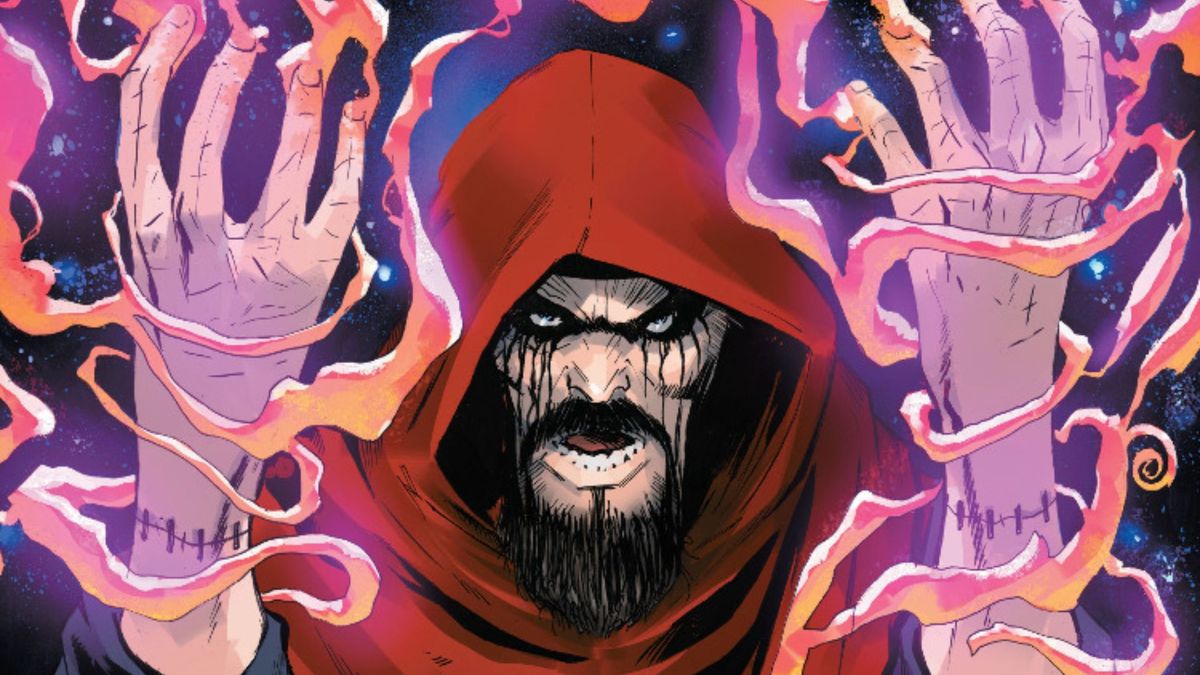
Kaecilius, in the foyer, with a dagger...
Writer Jed Mackay and artist Lee Garbett's The Death of Doctor Strange had two core mysteries to keep readers guessing for its first four (of five) issues:
One, who was Doctor Strange's murderer?
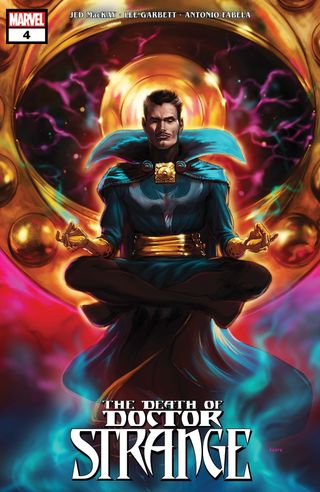
And two, who would claim the Marvel Universe's mantle as the new Sorcerer Supreme?
Marvel already spoiled #2 before December 29's Death of Doctor Strange #4 that
revealed the killer was released.
The current Sorcerer Supreme of the Dark Dimension and Stephen Strange's long-time romantic interest and one-time wife Clea would take over Earth's mantle and because they were once married, she could even carry on the "Strange" surname in her upcoming new ongoing series.
As to the murderer, it was Kaecilius; in Marvel Comics a disciple of Baron Mordo, Strange's arch-villain and who up until the first pages of the new issue was the main suspect.
Comic deals, prizes and latest news
Get the best comic news, insights, opinions, analysis and more!
If you're not a hardcore Marvel Comics reader and you're thinking to yourself that the name Kaecilius rings familiar, it's because Kaecilius was loosely adapted (and as a result elevated) as the main villain in 2016's Doctor Strange film, portrayed by Mads Mikkelsen.
Created in 1965's Strange Tales #130 by none other than Stan Lee and Steve Ditko, despite his pedigree, Kaecilius has been something of a minor Doctor Strange villain, more nuisance than a genuine threat.
In fact, his motivations for killing Strange and purposely framing his master-mentor Baron Mordo for the murder goes all the way back to 1982's Doctor Strange #56 storyline in which Kaecilius and some cohorts are banished somewhat routinely by Strange to the Purple Dimension, a pocket universe of "cruelty and suffering" also created by Lee and Ditko.
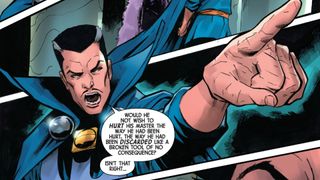
In The Death of Doctor Strange #4, the younger Doctor Strange figures out the murderer of his older, present-day self had a grudge against his older self and Mordo, and murdering him 'killed two birds with one stone,' the second stone being robbing Mordo of killing Strange himself, Mordo's ultimate heart's desire.
And why does he have a grudge against his long-time master-mentor? Because Mordo didn't try to rescue him from the Purple Dimension. He merely discarded Kaecilius like "a broken tool of no consequence."
Whew, got all that?
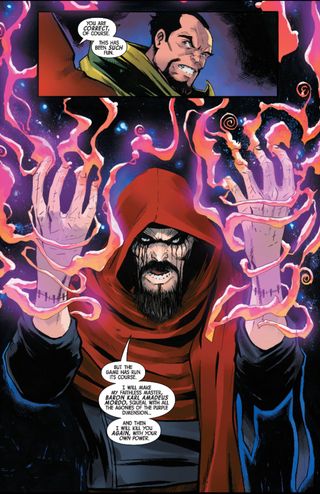
Kaecilius then vows to make his "faithless" master Mordo "squeal with all the agonies of the Purple Dimension" and then vows to kill the younger Strange with his own power.
....aaaaaaaaand scene.
To give you a sense of how minor a comic book character Kaecilius was despite his big-screen profile, after his 1982 banishment, he didn't return from the Purple Dimension until a 2020 storyline in Valkyrie: Jane Foster, a virtual eternity in comic book time.
But with Clea needing her our rogues' gallery of mystical villains now that she's graduating to series star for the first time in her history, it'll be interesting to see if given his MCU profile Kaecilius is elevated to a more significant threat.
We'll find out in January in the conclusion of The Death of Doctor Strange limited series and perhaps later in the March 2 debut of the new Strange series starring Clea.
Because of everything we just explained Kaecilius doesn't really factor much in the best Doctor Strange stories of all time.
I'm not just the Newsarama founder and editor-in-chief, I'm also a reader. And that reference is just a little bit older than the beginning of my Newsarama journey. I founded what would become the comic book news site in 1996, and except for a brief sojourn at Marvel Comics as its marketing and communications manager in 2003, I've been writing about new comic book titles, creative changes, and occasionally offering my perspective on important industry events and developments for the 25 years since. Despite many changes to Newsarama, my passion for the medium of comic books and the characters makes the last quarter-century (it's crazy to see that in writing) time spent doing what I love most.

